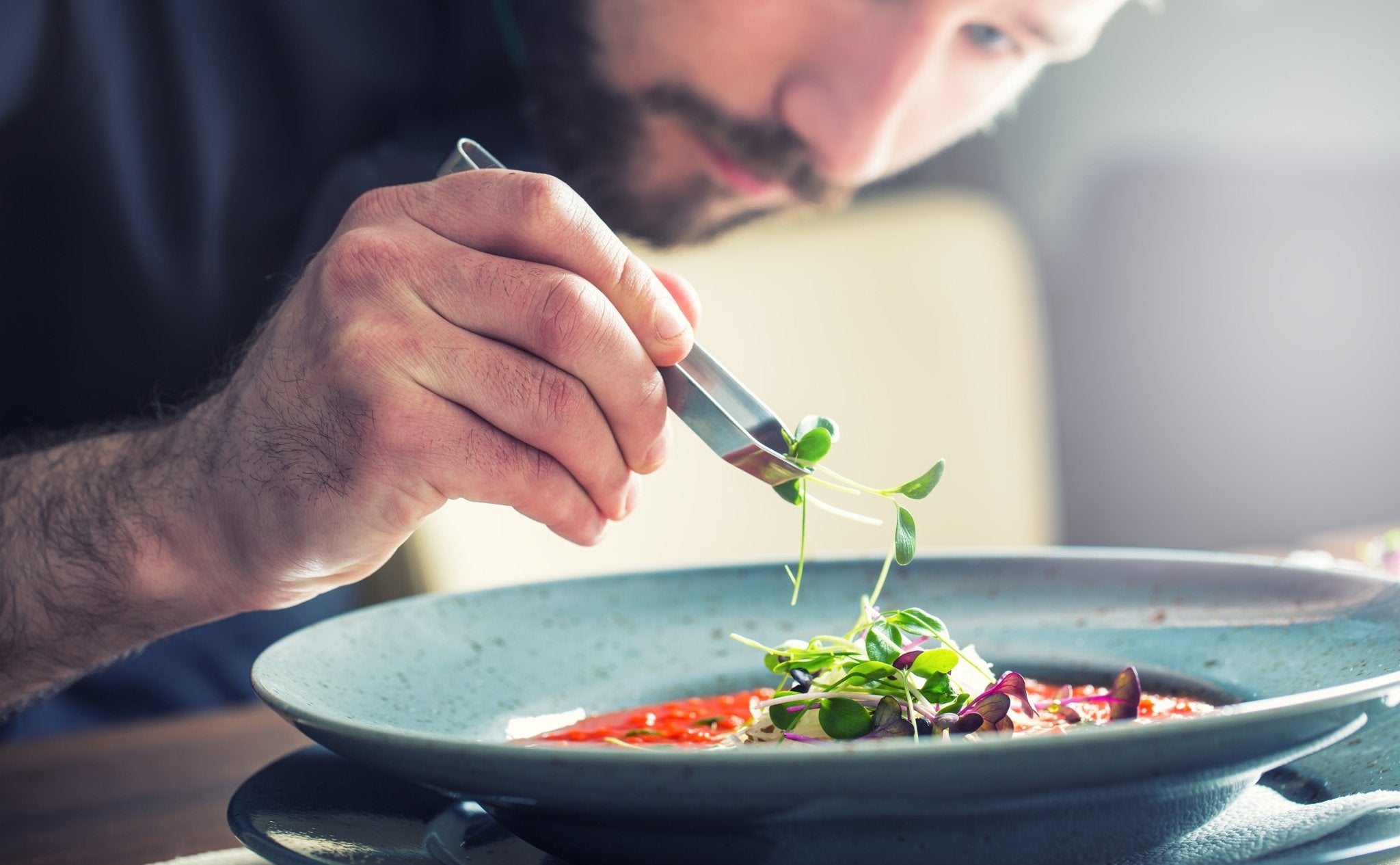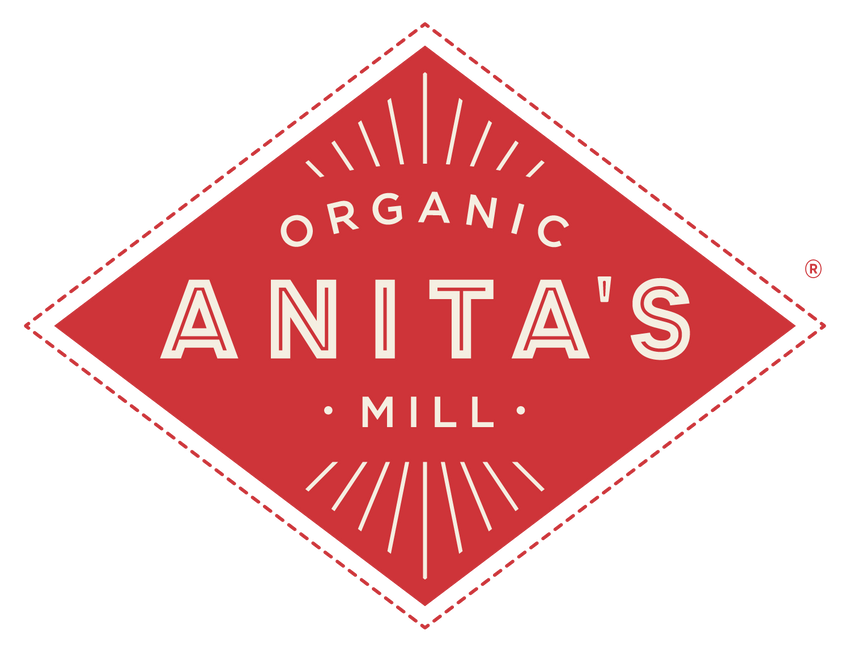
Chefs Inspire Sustainability With Trash-To-Table Dining
Move over, farm-to-table, trash is the new darling of the sustainable food movement! Chefs from some of the world’s top restaurants are embracing the challenge of cooking from the trash bin, turning their trimmings into coveted meals and spreading the gospel of low-waste kitchens.
n
Tags:
Move over, farm-to-table, trash is the new darling of the sustainable food movement! Chefs from some of the world’s top restaurants are embracing the challenge of cooking from the trash bin, turning their trimmings into coveted meals and spreading the gospel of low-waste kitchens.
What is Trash Cooking?
Any chef can turn freshly harvested kale into a fantastic dish, but how many can do the same with its discarded stems? This is a question renowned chefs like Rene Redzepi of Noma, Dan Barber of Blue Hill, and Massimo Bottura of Osteria Francescana (all top-ranked restaurateurs) are asking of each other and their kitchen staff. Not stopping with tried-and-true devices of tactfully discarding wilted produce or unwanted scraps via soup stock or the compost pile, these chefs seek to elevate kitchen waste to the main course, putting “garbage” ingredients front and center by making them look and taste good. With each artfully plated dish featuring old bread, cabbage cores, or mushroom stems, these chefs seek to change public perception of which ingredients are valuable, what flavors are desirable, and how gourmet food should look. In the US alone, around 40% of food is wasted. Food waste scientist (yes, that’s a thing) Dana Gunders explains it this way: “Imagine walking out of the grocery store with four bags full of fresh food, dropping one entire bag, and not bothering to pick it up.” Not only does it cost our households money in unused food, (unless you’re composting in your back yard) it also costs money to move it through the waste stream – 20% of what ends up in landfills is food, a surprising amount of it from restaurant and home kitchens. And wasted groceries are far more than calories gone unused - it also includes the water and nutrients (and their transport) used to grow and process them, the fossil fuels used to move them to and from your home, plastics used to package them, and many more links in an uncomfortably long chain of energy, labor, and resources that end up for naught when we toss unused food in the trash.WastED
How do we break this cycle of waste? One New York chef, Dan Barber, is attempting to make garbage cool again by placing it on the menus of his two fine dining restaurants, and featuring it in his WastED pop-up series. WastED is a collaborative project where Barber invites chefs to create inventive dishes entirely from traditional kitchen waste products. So far, Barber has hosted two pop-up locations: one at his Manhattan restaurant, and another at Selfridges in London. With a focus on education, WastED emphasizes the extreme of garbage-only plates (veggie burgers made with pulp from a local juice bar chain, on buns created by pulverizing old bread into flour, adding yeast, and baking it again) to make a point about the prevalence of waste in the food industry, and to inspire other chefs to try their hand at trash cooking. There may be another impetus behind Barber's fervent dedication to kitchen frugality, one with a more existential focus than sustainability or ethics: cuisine. North American chefs have long struggled with a lack of unifying cuisine (American food does not conjure clear associations of culinary identity or established guiding principles the way French or Japanese cuisines do). The way Barber sees it, cuisine comes out of necessity, not abundance. In our land of plenty with rich soils and lots of room for everyone, “we never devoted ourselves to a cuisine, because we weren’t forced to do that,” Barber told the New Yorker during his NYC pop-up. “Cuisines are forced. And the result is beautiful.” Forcing ourselves to confront and reimagine our culture’s wasteful habits might just be the doorway to a new cuisine we’ve been looking for.Inspiring a New Cycle of Waste
When top chefs can’t stop talking about something, the food industry takes notice: journalists applaud it, publishers print cookbooks about it, restaurants everywhere copy it, eventually turning a fringe idea into an institution. That process worked with the farm-to-table movement (adding essential fuel to the organic foods fire). Chefs like Barber – and a host of other sustainably-minded restaurateurs – have the power to influence their industry and spur a cascade of change. One result of WastED NYC was SparCs (“scraps” spelled backwards), a new initiative by New York food distributor Baldor Specialty Foods (who partnered with Barber for WastED) that aims to reduce the company’s organic waste stream down to zero. Using a three-pronged approach, they are working to repackage scraps from their fruit and vegetable processing plants into product desired by a growing number of trash cooking chefs, producing a new proprietary seasoning powder made from vegetable trimmings, and finding sustainable solutions – such as creating animal feed or employing anaerobic digestion – to dispose of waste that has no practical culinary value. Baldor is not alone. Trash cooking is inspiring a new brand of food company startups, seeking ways to profit on industry waste. Food writer & TV personality Anthony Bourdain has also been bitten by the garbage bug. In his new documentary film, Wasted!: The Story of Food Waste, he seeks to answer the question, “is there such a thing as a truly sustainable plate of food?” After seeing trash cooking on the big screen, cooks and eaters everywhere are sure to start craving their own.Take Trash Cooking Home
Maybe you’re in the market for a New Year’s resolution, or maybe you just want to know what to do with your food scraps. Check out these books for recipes and ideas to reduce waste in your own kitchen. Once you get the hang of how simple trash cooking can be, you’ll be hoarding scraps (& saving money) like a pro – no resolution required!- The Waste Free Kitchen Handbook – Scientist Dana Gunders guides you through a kitchen waste audit and offers loads of advice on making simple changes to increase the sustainability of your shopping, cooking, and eating habits.
- Eat it Up! – Sherry Brooks Vinton’s collection of recipes teaches home cooks how to upcycle things we’re used to tossing: from carrot tops, cauliflower & broccoli leaves, asparagus stalks, and chard stems to that last little bit of jam in the jar.
- Prune – Chef Gabrielle Hamilton has long employed thoughtful economy in the old-world influenced dishes she serves at her NYC restaurant, Prune. In her cookbook of the same name, Hamilton devotes a whole chapter to “garbage” recipes and techniques for turning things like zucchini tops, tomato peels, and tough celery stalks into memorable meals.
- Scraps, Wilt & Weeds: Turning Wasted Food into Plenty – Written by Noma co-founder Mads Refslund, this is a foodie’s resource for reducing kitchen waste with practical tips and inventive recipes.
- Or, check out Save the Food, a website created by the Natural Resources Defense Council dedicated to helping consumers curb their food waste.
Would you like to be the first to hear about our new products and more? Sign up for our Nature’s Path Newsletter.








